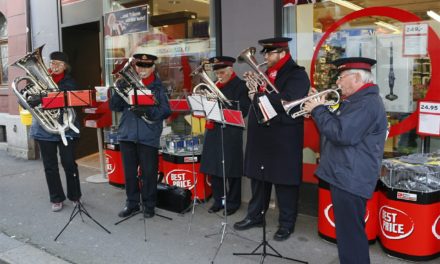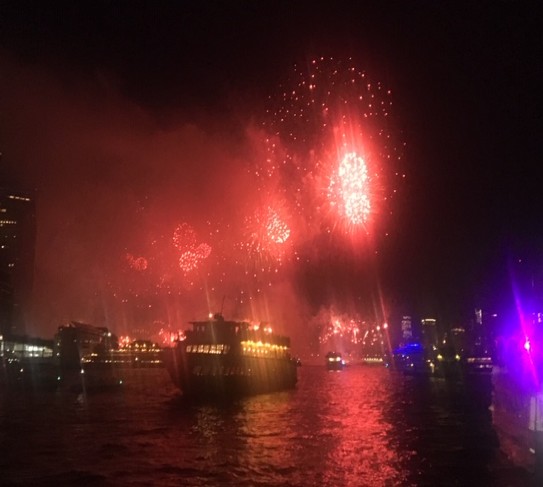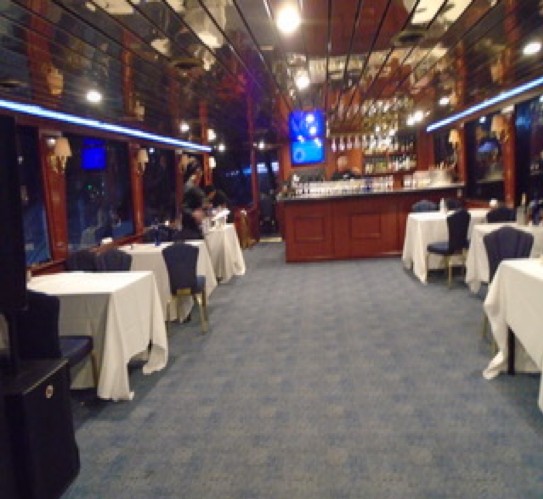
Discover POLAND & Wroclaw, EU’s City of Culture

DISCOVER POLAND & Wroclaw, EU’s Capital City of Culture.
#POLAND is a land of discovery One of its best known cities is #Wroclaw, an enchanted enclave of restored 13th-14th century chalets, churches and commercial sites. Started in the 10th century as a Silesian settlement on Cathedral Island it later became part of Poland and has survived to the present day relatively unscathed by time and place. Its original market, for example, the Rynek, located in the Market Square, is the second largest in Europe.
Under Frederick the Great Wroclaw became part of Prussia then Germany in the 19th century. Surviving structures include the Wroclaw University built in 1702, the Szczyticki Park, in 1754, the Botanical Garden, in 1811, the Main Railway Station, in 1857, the Sand Bridge, in 1861, the Wroclaw Zoo, in 1865, the Partynice Racecourse, in 1907, the Hala Targowa Market Hall, in 1908, the Centennial Hall, in 1913 and the Japanese Garden, in 1913, all fully restored.Its fabled Astronomical Clock was built in 1690 and is still running.
#Wroclaw is a city of churches, the oldest of which is St.Giles, built in 1230.This is followed by the Church of Saints Wenceslas, Stanislaw and Dorothy, built in 1351, representing the three saints from the three different nationalities that resided in the city at the time. After this you have the Church of St.Elizabeth which was built in the 14th century, followed by the Cathedral of St.John the Baptist built between 13th and 16th centuries, and finally the Church of the Holy Name of Jesus built in 1690. Indeed, the city and the country are known for their magnificent houses of worship.In fact, 15 of the most beautiful churches in Europe are located in Poland, aka” the land of churches”. Among these are the Gniezno Cathedral, a majestic edifice of Baroque and Gothic heritage, the site of the coronation of the first kings of Poland while the Pelplin Cathedral, another site, is the tallest in Central Europe. It is reputed to contain 20 copies of the Guttenberg Bible,while St.Mary’s in Gdansk is said to hold the largest brick shrine in all of Europe. Note also that Poland’s wooden churches are part of Poland’s historical context. It has 14 registered World Heritage sites to its name. In sum, Poland has a long and unique history of religiosity thanks to its Christian heritage which was first introduced by the early Christian evangelists, Cyril and Methodius in the early 9th century. #Poland also has had a strong Judaic following. Witness the newly restored #Prague Synagogue, Poland’s largest, and the famous White Stork Synagogue of Wroclaw, the only synagogue to have survived the Nazi onslaught in WWII. The #Prague Museum in Warsaw is however the main stem of Jewish culture in Poland. Owing to an expanding resettlement Poland has become a popular destination for Jewish families owing largely to their historic roots in this the land of their fathers. Each year, moreover, Jews have been been celebrating their colorful customs and traditions with a myriad of Jewish festivals in the more than 250 cities in Poland where they now reside.
For more on Poland’s religious posture contact the Polish National Tourist Office: www.poland.travel









